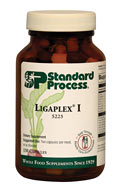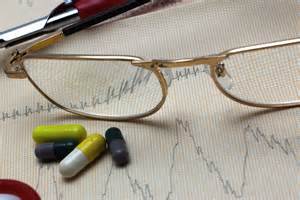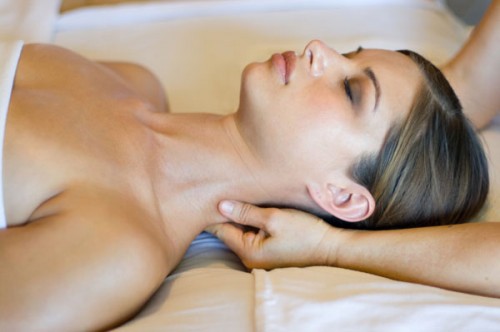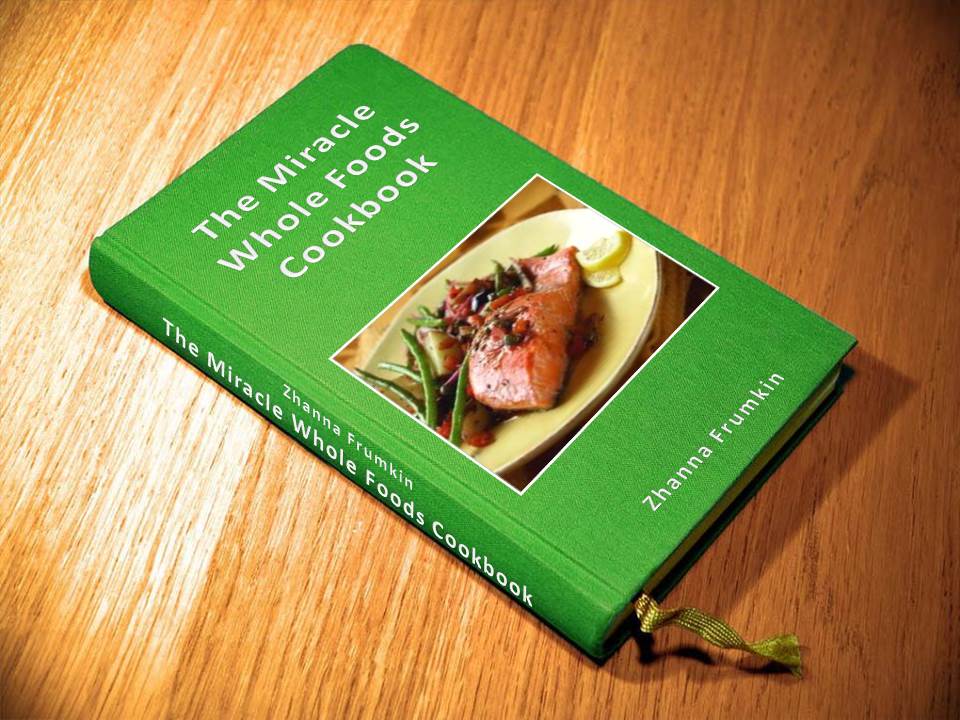Osteoarthritis

|
Rabbi Harold Kushner |
If you’ve been diagnosed with osteoarthritis you’re not alone. Osteoarthritis affects an estimated 27 million Americans. The chance of developing the disease increases with age. Most people over age 60 have osteoarthritis to some degree, but its severity varies. Osteoarthritis usually occurs in older individuals, but can also be caused by repetitive stress or acute trauma. Even people in their 20s and 30s can get osteoarthritis. In people over 50, more women than men have osteoarthritis.
There are two types of osteoarthritis – primary and secondary. Primary osteoarthritis is generally associated with aging and the "wear and tear" of life. The older you are, the more likely you are to have some degree of primary osteoarthritis. However, not everyone gets it – not even the very old. That’s because OA is a disease, and not part of the normal aging process.
Secondary osteoarthritis, in contrast, tends to develop relatively early in life, typically 10 or more years after a specific cause, such as an injury or obesity.
Osteoarthritis, commonly known as wear and tear arthritis, is the most common type of arthritis and linked to inflammation of joints. Osteoarthritis – OA is a degenerative joint disease that usually affects the distal joints, or the joints at the end of your fingers and toes, not the middle ones. Additionally, it’s not symmetrical, so typically you may have it on just one joint, or on one hand or foot and not the other.
Osteoarthritis mostly affects cartilage, the hard but rubbery and slippery tissue that covers the ends of bones where they meet to form a joint. Its main function is to reduce friction in the joints and serve as a "shock absorber." The healthy cartilage allows bones to glide over one another. It also absorbs energy from the shock of physical movement. The shock-absorbing quality of normal cartilage comes from its ability to change shape when compressed (flattened or pressed together). Osteoarthritis causes the cartilage in a joint to become stiff and lose its elasticity, making it more susceptible to damage.
Over time, the cartilage may wear away in some areas, greatly decreasing its ability to act as a shock absorber. As the cartilage deteriorates, tendons and ligaments stretch, causing pain. If the condition worsens, the bones could rub against each other.
If you have osteoarthritis, the cartilage within your joint is progressively being damaged, and the synovial fluid that keeps your joints lubricated and cushioned is typically reduced as well. The pain is a result of your bones starting to come into contact with each other as cartilage and synovial fluid is reduced.
Osteoarthritis feels worse the more we exercise and as the day wears on. It can occur in almost any joint in the body. It commonly occurs in the weight bearing joints of the hips, knees, and spine. It also affects the fingers, thumb, neck, and large toe. Osteoarthritis usually does not affect other joints unless previous injury or excessive stress is involved and develops as more of a wear-and-tear situation.
Osteoarthritis affects different people differently. It may progress quickly, but for most people, joint damage develops gradually over years. In some people, osteoarthritis is relatively mild and interferes little with day-to-day life; in others, it causes significant pain and disability.
- Pain after overuse or after long periods of inactivity
- Joint aching and soreness, especially with movement
- Stiffness after periods of rest
- Bony enlargements in the fingers (which may or may not be painful)
- Joint swelling











